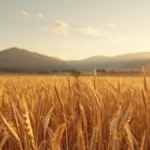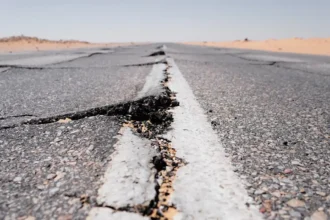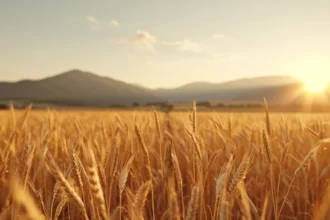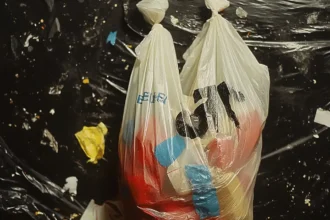Have you ever wondered why so many animals and plants are disappearing from America? A new study has found the answer. According to ABC News, researchers from the Center for Conservation Innovation at Defenders of Wildlife looked at 2,766 endangered species across the United States. Their discovery is both surprising and concerning.
This is the first big study that clearly shows climate change as the main reason why so many living things are in trouble. The changing climate now affects 91% of all species protected under the Endangered Species Act (ESA). The ESA is a special law that tries to save animals and plants that might disappear forever.
The Big Picture of Threats
The researchers looked at five main problems that hurt wildlife in the United States. Here’s what they discovered:
- Climate change impacts 91% of endangered species, according to Space.
- Ecosystem changes and habitat loss affect 90% of species, according to Conservation Biology.
- Invasive species threaten 40% of endangered species, according to Defenders.
- Pollution harms many protected species
- Overexploitation (too much hunting or collecting) hurts many species
What makes things worse is that 86% of these troubled species face two or more threats at the same time. Think of it like being sick with both a cold and a fever – your body has a harder time fighting both at once.
How Climate Change Hurts Wildlife
Climate change isn’t just about warmer weather. It changes the places where animals and plants live in many ways:
- Rising sea levels flood homes of animals like the Key Deer in Florida, according to Springer.
- Warmer winters change when plants grow and animals migrate
- More extreme weather (bigger storms, longer droughts) destroys habitats
- Oceans become warmer and more acidic, killing coral reefs
For example, Whooping Cranes in Texas are struggling because warmer winters change their food sources. These tall, beautiful birds have fewer places to live and find food according to SavingCranes.
According to GreenPeace, Ocean warming causes coral bleaching, which is when corals lose their bright colors and start to die. Coral reefs are like underwater cities where thousands of fish and other sea creatures live. When corals die, all these animals lose their homes and food, which hurts biodiversity.
Animals Facing the Most Danger
The study found that sea animals face the highest number of environmental threats. Certain groups have it especially tough:
Cnidarians (like jellyfish and corals) and bivalves (like clams and oysters) are facing more threats than average. Amphibians (frogs and salamanders) are also in serious trouble because they’re sensitive to water and air quality.
These animals are important indicators of environmental health. When they start disappearing, it often means bigger problems are happening in nature.
Protecting Nature Helps Fight Climate Change
The good news is that protecting biodiversity (the variety of life) can also help fight climate change. Here’s how:
- Wetlands store carbon and reduce flood damage
- Agroforestry (growing trees with crops) reduces emissions by 10-20%
- Controlling invasive species preserves ecosystems that store carbon
- Protected areas maintain natural carbon sinks
Wetlands are special places that soak up water and store carbon. They work like natural sponges during floods and keep carbon in the ground instead of in the air.
Agroforestry helps both farmers and wildlife. When trees grow alongside crops, they provide homes for animals like the Rusty Patched Bumble Bee while pulling carbon from the air.
Progress Toward Protection
The Protected Planet Report shows some progress toward protecting 30% of Earth’s lands and waters by 2030. This goal is important for saving biodiversity.
However, there are still big gaps in how well these areas are managed and governed. We need faster action to meet the 2030 target.
What This Means for Our Future
This study clearly shows that climate change and biodiversity loss are connected problems. When you help one, you help the other.
The researchers hope their findings will help guide conservation efforts to protect both wildlife and the climate. By understanding these connections, we can make better plans.
As you go about your day, remember that small actions to fight climate change also help protect the amazing animals and plants that share our country. Every step toward a cooler planet is also a step toward saving the incredible diversity of life around us.











